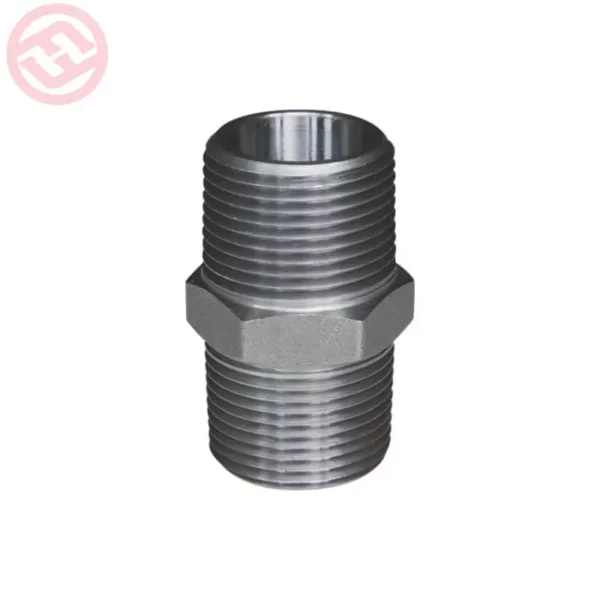Preventing leaks when installing forged welded fittings involves careful preparation, proper installation techniques, and adherence to industry best practices.
Here are steps you can take to prevent leaks:
- Select quality fittings: Choose high-quality forged welded fittings from reputable manufacturers. Quality fittings are less likely to have defects or irregularities that could compromise the integrity of the connection.
- Inspect fittings: Before installation, inspect the forged welded fittings for any signs of damage, defects, or manufacturing flaws. Look for cracks, dents, or irregularities in the surface that could affect the seal.
- Prepare pipe ends: Clean and deburr the ends of the pipes that will be joined with the forged welded fittings. Use a pipe reamer or deburring tool to remove any sharp edges or burrs that could damage the sealing surface or O-rings.
- Ensure proper alignment: Align the pipes and fittings properly before welding to ensure a tight, leak-free connection. Misalignment can lead to stress concentrations and leaks over time.
- Follow welding procedures: Use appropriate welding techniques and procedures to join the pipes and fittings together. Ensure that the welding process is performed by qualified personnel following industry standards and specifications.
- Use proper welding electrodes: Select welding electrodes that are compatible with the materials being joined and suitable for the welding process being used. Proper electrode selection can help ensure a strong, durable weld with minimal risk of leaks.
- Avoid overwelding: Avoid excessive heat input or overwelding, which can cause distortion, warping, or metallurgical changes in the fittings that may compromise the integrity of the weld and increase the risk of leaks.
- Check for proper penetration: Verify that the weld penetrates fully into the base metal of the fittings and pipes, Forged welded fittings creating a strong, homogeneous bond. Incomplete penetration or lack of fusion can create weak points in the weld that are prone to leaks.
- Allow proper cooling time: Allow welded fittings to cool naturally after welding to prevent thermal stress and distortion that could lead to leaks. Avoid rapid cooling methods that can induce additional stress or cause micro-cracking in the weld.
- Perform pressure testing: After installation, perform a pressure test on the piping system to verify the integrity of the welded connections. Pressurize the system to the specified test pressure and monitor for any pressure drops or leaks.
- Inspect for leaks: Conduct a visual inspection of the welded connections for any signs of leaks or abnormalities. Look for water droplets, moisture, or discoloration around the fittings, which may indicate a leak.
- Address any leaks promptly: If leaks are detected during testing or inspection, identify the source of the leak and take corrective action immediately. This may involve re-welding the connection, replacing damaged fittings, or applying sealant or epoxy to seal the leak.
By following these steps and exercising care and attention to detail during installation, you can help prevent leaks when installing forged welded fittings and ensure the long-term reliability and performance of the piping system.
